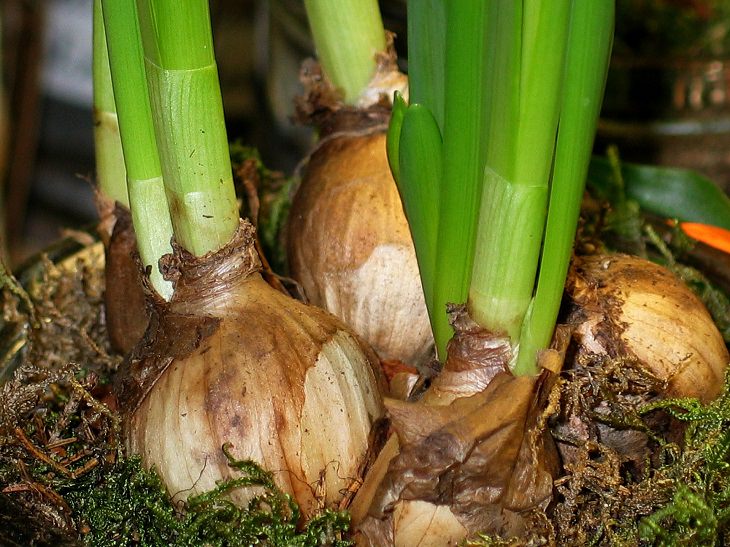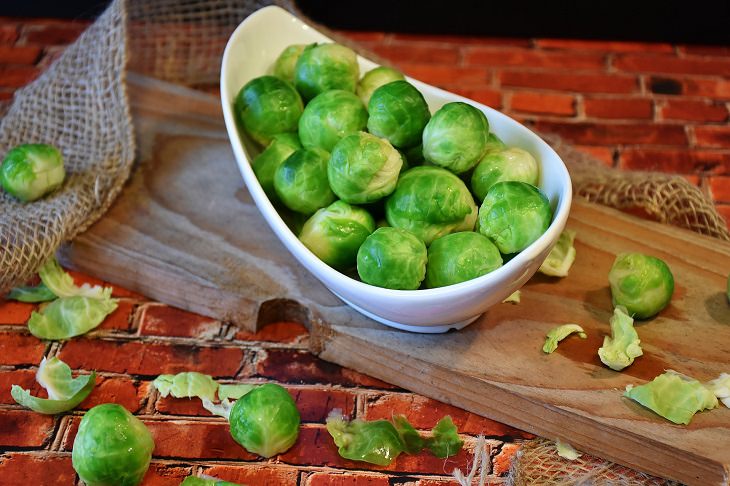

Before starting any cold-season gardening projects, you need to know the approximate depth of the frost line and date of first expected frost for your zone. If you’re not sure which one you’re located in, here is a great resource for pinpointing worldwide hardiness zones.
2. Mulch, Mulch, Mulch
Mulch isn’t just suitable for blocking weeds and making your garden look nice. It also helps keep the soil warm and moist. While it certainly isn’t enough to prevent annuals from dying or keep perennials from going dormant. Decomposing organic matter creates heat. Therefore, a healthy layer of mulch can go a long way towards protecting roots and bulbs from encroaching frost. Furthermore, a thick blanket of mulch offers better protection for beneficial wildlife that may be wintering beneath the soil in your garden.
3. Extend Your Growing Season
If you have your heart set on growing fresh produce all year long but can’t afford that dreamy greenhouse you’ve always wanted, build some tunnels instead. Low tunnels may be erected in rows to sow seeds up to three weeks early in the garden. They may also be used to keep growing your summer veggies a few weeks past the onset of cold weather. High tunnels are another great option for winter harvest vegetables, though they might take a bit more work to build.

What you do with your bulbs at the beginning of Fall depends on your hardiness zone and the coinciding depth of the frost line in your locality. For colder climates, you’ll want to dig up and store bulbs in a cool, dark location until the frost has passed. If it’s safe to leave them in the ground throughout winter, go ahead and dig up, separate, and replant any existing bulbs that need maintenance.
You can also plant new bulbs once the weather cools down. You just need to make sure that they have good conditions and enough time to establish roots before the temperature drops too low. To jump-start root growth, you could consider incorporating bone meal or another low-nitrogen fertilizer into the soil at the bottom of planting holes.
5. Autumn Tilling
If you live somewhere with mild winters, you might want to till organic matter like dying weeds and yard debris under the soil in the fall and let the elements turn it into natural compost for you over the winter. Again, this advice isn’t for everyone. For example, if your hardiness zone tends to have bitter winters, it’s a good idea to have a short stubble of dormant grasses and weeds on the surface of your soil to help protect what lies beneath from freezing.
In larger gardens, you should consider tilling only about three out of every four rows. This leaves some cover for any beneficial wildlife that is in your garden.
6. Fabric Coverings
It’s fairly common practice to cover perennials with bags or other upside-down containers during the coldest days of winter. While this might protect your plants from frost, covering them incorrectly can do more harm than good. If covering is something that you plan on doing, go with cloth in lieu of other materials. Avoid plastic at all costs, as well as any coverings that could potentially trap excess moisture around the plant.

A good variety of crops actually grow best during the cooler months. Therefore, if you’re not quite ready to give up your fresh produce come fall, try planting cold-season veggies such as broccoli, cabbage, cauliflower, Brussels sprouts, and peas. Root veggies such as beets, baby carrots, turnips, and radishes are other options for the cold-weather garden.
8. Protect Young Trees and Shrubs
If you know that there’s a harsh winter ahead, you might want to bundle up any tender saplings and young shrubs that you have in your garden. Natural materials such as burlap are ideal for protecting large plants from frost. Just make sure to remove the material as soon as the temperatures start to rise back above freezing. Otherwise, you might accidentally force your trees and shrubs out of dormancy in the middle of winter.
9. Winter Weed Control
The coldest months of the year can be the perfect time to start eliminating weeds from your garden plots and flower beds. If you have a warm spell, weed seeds will be the first to germinate. As soon as you see weed sprouts appear, pull them up.
Source: naturallivingideas
Related Articles:
Protect your Garden This Winter
How to Quickly Winter-Proof Your Home